|
I must admit it: I'm shamelessly proud of the county in Norway where I’m from, the Møre og Romsdal county. We have so much to offer here: A spectacular landscape, with high mountains, deep fjords, green valleys and scenic roads that combine them. A varied industry. A great number of good schools, universities and colleges that have become well known for the quality of the education they provide. Innovative and fearless entrepreneurs. Talented artists of many genres. Strong local traditions .... I could go on and on! Where is Møre og Romsdal? Møre og Romsdal county is situated in the northernmost part of Western Norway and borders the counties of Trøndelag, Oppland and Sogn og Fjordane. The county administration is located in the town of Molde, where I currently live, while Ålesund is the largest town. (Ålesund will be featured in a later blog post.) The county is governed by the Møre og Romsdal County Municipality, which includes an elected county council and a county major. The national government is represented by the county governor. The name of the county was created in 1936, and the first element refers to the districts of Nordmøre and Sunnmøre, and the last element refers to Romsdal. The county has a total of 36 municipalities. Traditionally, the county has been divided into three districts. From north to south, these are Nordmøre, Romsdal and Sunnmøre. Although the districts do not have separate governments and despite modern road-, sea- and air connections throughout the county, the three districts still have their own identities in many ways. Historically speaking, connections have been stronger between Nordmøre and Sør-Trøndelag to the north, Romsdal and Oppland to the east, and Sunnmøre and Sogn og Fjordane to the south, - than they have been internally. Differences in dialects between the three districts bear clear evidence of this. Geographical features and difficult terrain Due to geographical features, the county has many populated islands and is intersected by several deep fjords. Due to its difficult terrain, Møre og Romsdal has been very dependent on boat traffic. In the last decades, however, many of the ferries have been replaced by breathtaking bridges and scenic roads that have both made the daily life easier for a lot of people, as well as attracted visitors from all over the world to the region. My main focus in this blog post will be on the district of Romsdal, where I was born and bred and also currently live. In later blog posts, I will give you a glimpse into the two other districts as well. However, this is such a varied and magnificent county that I would need a whole book to tell you about all the different features that you can find here (and that book might very well materialize in the not too distant future!) - but I'll provide you with a list of various features and attractions somewhere else on this blog shortly, and also give you links to where you can read more about them. So let's dive into .... The district of Romsdal Being a "romsdaling" myself, moving back to this district after 25+ years in "exile" (as I like to call it) in the district of Sunnmøre, felt very much like coming home after a long journey. Even though Sunnmøre (or Ulsteinvik, to be more specific) was my home for so many years and I feel a certain belonging to that district, too, - there's nothing like home. Nothing compares to the mountains in Romsdalen, in my opinion, and I'm then referring mainly to the mountains surrounding my home town Åndalsnes. But the Molde Panorama, with 222 mountain tops in its range, is also a fantastic sight. From the famous viewpoint at Varden (407 metres or 1,225 ft above sea level) in Molde, you have a spectucal view over these mountains and the fjord, and it's truly breathtaking. You can drive all the way to the top in the summer, but the road is closed in winter, so the only way to get there then is on foot or on ski. If you want to walk from the town of Molde and up to Varden, you can follow signs all the way via the Romsdal Museum and Storlihytta cabin, on a mostly gravelled path. The walk will take you about 1,5 hours on your way up, and 1 hour going back down (depending on how fit you are, of course). The terrain in which Varden is one of many destinations, is called Moldemarka, and it's used daily for recreation and exercise by people from Molde and the surrounding area. This hilly woodland area north of the city, is public land. The area has an extensive network of paths, walking trails and skiing tracks. Forest roads enter the area from several directions. Bulletin boards and maps provide information regarding local plants and wildlife, as well as signposts along the trails. Marked trails lead to a number of peaks, sites and fishing lakes and rivers. But be aware: A national fishing license is required to fish in the lakes and streams. Molde town As I mentioned earlier, the town of Molde is the administrative center of Møre og Romsdal county, as well as the administrative center of the Municipality of Molde. It's also the commercial hub of the Romsdal region, and the seat of the Dicosese of Møre. Molde has a maritime, temperate climate, with cool-to-warm summers and relatively mild winters. The town is nick-named The Town of Roses. It's an old settlement which emerged as a trading post in the late Middle Ages, and established as a municipality in 1838. The town continued to grow throughout the 18th and 19th centuries, becoming the center for Norwegian textile and garment industry, as well as the administrative center for the region and a major tourist destination. After World War II, Molde experienced accelerated growth, and has become a center for not only administrative and public services, but also academic resources and industrial output. Molde seen from the fjord, with Seilet Hotel and Aker Stadium. What's to see in Molde? No matter how you arrive in Molde, either by car, bus, bike, motorbike, aeroplane or boat, you will find a charming town with plenty of old wooden houses, but also with spectacular and modern newbuildings, some of which have become the new landmarks of the town. Among these are the Seilet Hotel and Aker Stadion, both designed by the Molde architect Kjell Kosberg (who is in fact, I'm proud to say, my brother). Both buildings are situated on the waterfront to the west of the town center, and you get a splendid view of the two if you arrive by ferry from Furnes. The Stadium seats 1,200 people and is the home arena of Molde Football Club, who's playing in the highest division in Norway. Another new and great looking building in Molde is Plassen, the town's new culture arena which offers varied activities and houses the town library, theatre and an art center, as well as the administration of the Bjørnson Festival and Molde International Jazz Festival. Romsdalsmuséet - the Romsdal Museum - has recently opened its new visitor center "Krona", which tells the Romsdal story and includes folklore costumes, exhibitions and the Café Mali. There's also an outdoor exhibition showing buildings and interiors from the entire region. Well worth a visit! Pictures above: From Kringstadbukta in Molde - a beach and recreation area. Among Molde's many old historical buildings and monuments is Chatauet - Le Chateau, - listed and restored mansion and grounds from 1918. There's a beautiful park surrounding the house, with information signs that tell the story of the park and of the family that used to live here. Slideshow above: From the Chateau. It's nice to walk about in Molde on a summer's day. The natural meeting point is the square in front of the Town Hall, with its many benches and a view to the fjord, and with the The Rose Girl (statue with fountain - see slide show further up in this post) in front of the Town Hall, and the Jazz Boy (another statue) playing his saxophone a little further down by the sea front. I suggest you sit down and relax on one of the benches and have a look around for a while ... A little bit of wind in your hair ... the seagulls crying above your head ... an ice-cream from the kiosk nearby ... view to a strawberry stand in the market square where they sell delicious local produce ... the ferry coming in ... or perhaps you'll witness the arrival of the coastal steamer or one of the many cruise ships that visit the town every summer ... There's always something to look at on a summer's day in Molde. Shopping If you enjoy shoppig, there are quite a few nice shops in the town centre, as well as a few department stores. There are also plenty of cafés and restaurants to choose between, and there are a few malls just outside the town center, Roseby and Molde Storsenter. You can easily get there on foot, or jump on one of the local buses which will take you there in just a few minutes. Accomodation and activities If you're planning to stay in Molde for a few days, there are several hotels and other accommodation of good quality, and if you're into sports or other physical activities, the options are varied and exciting. You can take part in guided mountain hikes, kayak tours, rent kayaks, bikes, etc. and explore the area on your own, and you can use the indoor climbing wall Moldeveggen, play golf at the 9-hole driving range at Eikrem, or you can play bowling or visit Moldebadet, which is an indoor waterpark with pools, slides and children's play area ... just to mention a few. In the summer there's the annual Molde International Jazz Festival (always in week 29, which is in July), and the town has a rich cultural life with many opportunities to listen to music of all sorts, go to the cinema, watch a theatre performance, etc. Trips in the area Molde is also a great starting point for trips in the area. You can hire a bike and go "island jumping" to the beautiful islands Ona and Sandøy, among others, or you can go by boat to Hjertøya and the Fishing Museum. The boat has regular crossings several times a day during the summer, from mid-June until mid-August, and is very popular among both tourists and locals. Other exciting excursions you can make from Molde is to the mystical Marble Caves at Naas, a fantastic journey into the mountain, - perhaps combined with a trip to The Atlantic Road, which is said to be one of the world's best road trips. I went there just recently, and it was truly a great experience, as I hope you can see from my pictures in the slide show below. The Atlantic Road The highway is about 8 km long and zigzags across several bridges and islands, to the point where the land and the ocean meet the fjord. There are "floating pathways" built at the various view-points along the road, where you can walk safely around and watch the spectacular scenery and shoot as many pictures as you want, - and perhaps even bring a fishing rod and see if you can catch some fish. There are also a few places where you can use the toilet (if you need one) and - of course - get something to eat. I stopped at the kiosk at the beginning of the road, Atlanterhavskiosken, where I bought myself a nice "vafle" (typical Norwegian waffle), and chatted with the two very nice, pretty girls who worked there. They told me they were going to work there over the summer, so if you visit the Atlantic Road this year, perhaps you'll meet them, too. I must say that I enjoy going on road trips, alone or with friends. It brings me to so many beautiful places, and I always meet a lot of nice, friendly people along the way. This trip was no exception. A bit further along the road, I met another nice girl who was working at the Service Center, in Favoritt Kro, and she willingly let me shoot a few pictures of her in the inviting interior. I went for a walk on the "floating pathway outside the café, and got a perfect view to the bridge that I had crossed a few minutes earlier. I was very lucky with the weather that day, so I managed to shoot quite a few great pictures. It had actually been raining when I left home in the morning, but when I reached the point where the road started, the sun came through and it stopped raining. It stayed that way for the remainer of the day, so I was very happy about that. It gave me the opportunity to really take in the fantastic scenery and enjoy the cry of the seagulls, the wind in my hair, the rolling waves, the blue sky ... in short: The best of what this country - and this county - has to offer. Slideshow above: The Atlantic Road On my way home from The Atlantic Road, I decided to follow the road via Farstad and Elnesvågen back to Molde. I'm glad I did, because then I came across the sign that said "Farstadsanden", and I decided to go there. Farstadsanden beach A beautiful place that I will most definitely recommend that you visit if you're in the area, perhaps on your way back from The Atlantic Road, - is the beach at Farstadsanden. It's popular with surfers, as far as I could tell... at least there was one surfer there when I visited. He was making an attempt to ride the waves, but the wind was a little bit strong that day, so he had a hard time paddling himself far enough from the shore to catch a long wave. I didn't stay around long enough to see if he succeeded, but let's hope he got lucky in the end. Slideshow above: Farstadsanden beach Farstadsanden is a sandy beach and an eldorado for families with children, but also for anyone else who enjoys a day at the beach. It may get a bit windy, as this is far out, by the ocean, but a bit of fresh air won't kill you, so bring a hamper of food and some blanket and have a picnic! I think I may go back there in the evening some time, to sit there and watch the sun go down... More beaches There are several beaches closer to the town of Molde, as well. One of them is Kringstadbukta, whick is another sandy beach with plenty of opportunities for picnics and also for a walk through the woods .... Slideshow above: Kringstadbukta And then there's Retiro, which is a grassy picnic area just by the roadside a few kilometres from the town center, with a diving tower for the bold and a small sandy cove for the children to play in. There are paved paths in several directions, and this area is therefor a popular place for people to walk their dogs or just go for a stroll on their own. Most of the dog-owners actually do a good job when it comes to picking up the droppings after their dogs, so if other people who use the beach could be just as good at taking care of their garbage when they've finished picnicing, the municipality wouldn't have to take the job with cleaning it up, like they had to in 2015/2016, when the area had to ble closed off for several months for the renovation. It seems like that was a lesson learned for everybody, though, because I haven't noticed any garbage lying around when I've visited this place lately, and that's great! Let's keep our beaches clean, for all our sakes! Møre og Romsdal is, in fact, a very clean and unspoilt region. There's a lot of focus on the environment and how to protect it, and it works. Rural district with lots of animals What I absolutely love about driving around in the rural districts, is the fact that I'm likely to come across some beautiful animals along the way, and this road-trip was no exception. I met some lovely horses, and of course I simply had to get out of my car and say hello to them, - and take pictures. Quite a few people have horses around here, and there's a riding club in Molde where I'm quite sure you could get the chance to try some horseback-ridinig if you contact them. There are quite a few farms in the area, most of which produce meat and milk, so the kind of livestocks you're most likely to see are sheep and cattle, and perhaps a few goats and hens. Varied industry Apart from farms, there's also a varied industry in the region, so if you want to find out more about work opportunities here or simply learn more about what the region has to offer, I suggest you dive into the reference-/link section which I'll make a list of and put here on my blog in a short time. It should keep you busy for some time ... If you want to find out more about Molde and the surrounding area, I've listed a lot of references and links HERE for you to explore.
I hope you've enjoyed this dive into the Møre og Romsdal county, and that you'll want to read more in my next blog post, which will be all about another spectacular part of the county: MY valley and MY mountains, in the area around Åndalsnes: Romsdalen, or the Rauma Valley. See you soon!
5 Comments
by guest writer Kathrine Garshol Do you feel like you always pack too much when travelling? Do you pack for “just in case” and “what if” scenarios? I know it can be tempting to pack a completely new outfit for each day, or bring all your accessories, but it just isn’t practical. And, if you pack light you can end up saving money because you don’t need to check any luggage. Putting together the perfect travel wardrobe may seem like a daunting task, but I’m going to teach you how to do it. We’ll look at the how-to of it, and I’ll give you a few suggestions on what pieces make up a practical and versatile travel wardrobe. I will teach you how to pack a versatile travel wardrobe that can take you from strolling around the city in the day to going to a fancy restaurant at night. What will you be doing? I assume that’s maybe the first thing you’re wondering about. And, there is no set answer. The number of pieces you need may vary and depends on how long your trip will be. However, the goal is to get all of it to fit in a carry-on. Another important thing to remember is to pack for the season and the types of activities you’ll be doing. To make a perfect travel wardrobe you want to pack versatile pieces you can mix and match. To achieve this, I recommend that you go about packing as if you were designing a capsule wardrobe. The very concept of a capsule wardrobe is to have pieces that go together. Packing with this in mind significantly reduces the number of pieces you’ll need to make different outfits. How to build a travel wardrobe Step 1: The first thing you need to decide is the base color of your wardrobe. What I recommend is to choose either black OR navy, as these colors go well with most other colors. If you don’t like to wear black or navy, you can also choose a darker shade of brown as your base. Step 2: Choose your neutral colored essentials. By essentials I mean tops and bottoms in classic styles in solid colors. These pieces can be a white button up, a grey t-shirt, a black skirt or other classic pieces. These coordinating essentials should be in black, navy, white, grey, chambray or beige. You do not need to use all of these colors if you don’t like them, but they are a guideline for what to pack. Just remember: if you choose black or navy as one of your neutrals, you should choose the same as what you picked as your base color. Black on black or navy on navy looks good, but it is generally not a good idea to mix the two as it can look a little odd. Step 3: Add an accent color or two. This is where you can make you travel wardrobe stand out and feel more personal. Add some tops or bottoms, or even an accessory in your accent colors. The accent colors can be anything you like, but try to make them match well with your base color and your neutral pieces. Take a look at the chart below and get some inspiration. Step 4: Add a few patterned pieces. In addition to solid colored pieces, any travel wardrobe can benefit from a few patterned pieces. I would recommend going with a classic striped top, a polka dot shirt or a floral top or bottom. If you choose a floral pattern, make sure that the colors match with your accent and base colors. Step 5: Add your accessories. For your travel wardrobe I would recommend 2-3 pairs of shoes. As an absolute minimum you should have a pair of shoes that are good to walk in, and one lighter shoe that can be dressed up or down. A nice pair of flats or sandals works well for this. Your shoes should preferably be in your base color. If you think you will do a lot of working out or hiking in rougher terrain, you should also add shoes suitable for this. As for other accessories, I would add a crossbody bag for the daytime, a smaller evening bag, and a canvas bag. The canvas bag can be stored in your crossbody bag for easy access in case you need it. Add a statement necklace and a scarf in your accent color, and that should get you through your holiday. Suggestions on what to pack in your travel wardrobe For this, I will recommend pieces you should put in your travel wardrobe for a 10-day trip. For this I would recommend packing 3 tops, 3 bottoms and 1 dress. By mixing and matching, these items alone will give you 10 different outfit options. If you add layers and accessories, you can get even more outfits out of this. For bottoms I would recommend bringing 1 pair of dark jeans, 1 pair of dressier trousers and 1 pair of shorts or leggings, depending on your destination and the time of year. For tops I would go with a classic white or black t-shirt, a striped top and a dressier top. For the dress I would recommend going with something that can go from day to night by switching out or adding accessories. Add a light sweater or cardigan and you have more variety, and you can stay warmer. With shoes, a statement necklace and a scarf you can get even further. Outerwear Seeing as every trip is different, it is hard to recommend a certain type of jacket to bring. However, as a general tip, I would recommend wearing your “main” jacket on the plane so it doesn’t take up space in your carry-on. If you are traveling to a warmer place, it will probably be enough to take a light jacket or a denim jacket, but you can also a pack a poncho or a light rain jacket in your luggage. For trips in the colder seasons you should definitely wear your thick winter coat when traveling. What to do on longer trips I know a lot of you may think that this is all well and good for shorter trips, but you can make this type of travel wardrobe work on longer trips as well. For trips longer than 10 days I would recommend packing 1-2 more bottoms and tops. The more pieces you have that go together, the more outfits you can create. Also, you have to remember that you will be wearing one outfit, so that is one less outfit to fit in your carry-on. That’s especially practical for shoes, as that’s one of the bigger items to pack. Taking care of your travel wardrobe For longer trips I would also check out what possibilities you have to wash clothes. Depending on your accommodation there may even be a washing machine available, but if not you can also wash clothes in the bathroom sink if you’re in a pinch. However, most clothes will be fine to wear 2-3 times, depending on the climate. To make your clothes last as long as possible, you should hang them after wearing them, so they can “air out”. Unless there are any obvious stains or smells, the pieces are fine to wear multiple times. So, remember this: pack for versatility, and take care of your clothes. In that way, you’ll make your travel wardrobe last longer. 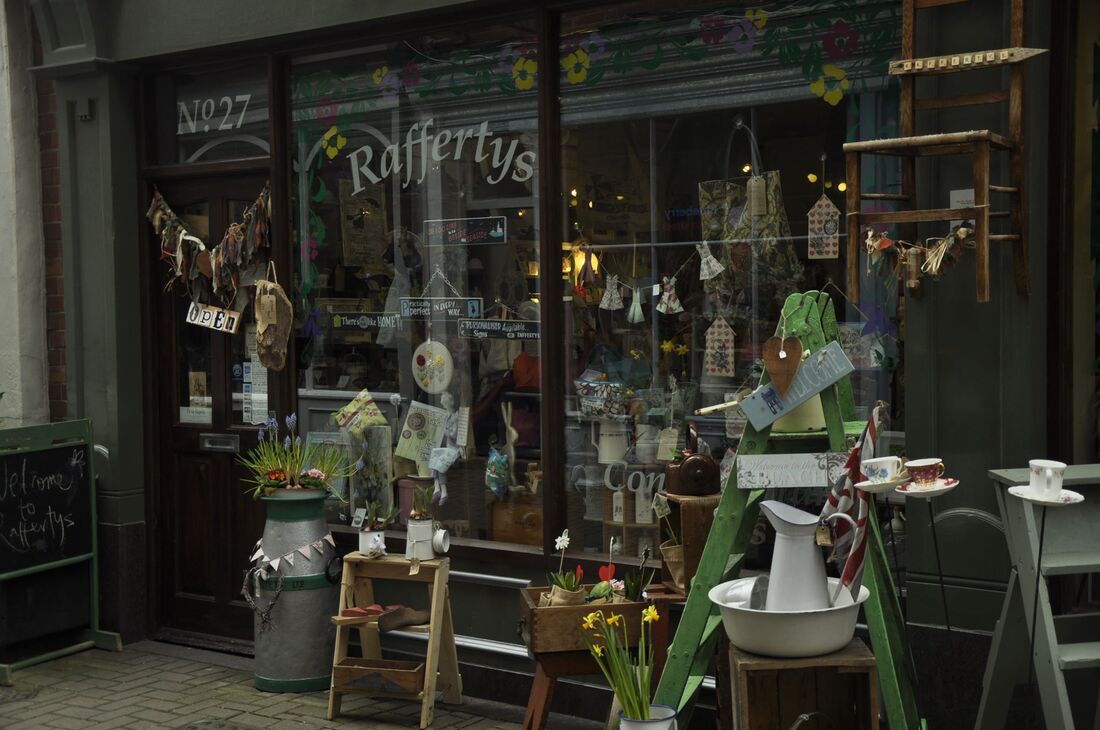 by guest writer Kathrine Garshol. A day out in Scarborough When I was in university, I spent a year abroad. More specifically I spent it in York, England. There are a lot of wonderful things to say and write about the historic town of York, but today is going to be all about Scarborough. Scarborough is a small town, known for being one of the best seaside resorts in the north of England. There are many historic sights to see and things to do, depending on how much time you have available. Getting there Since York is a railway hub, it made sense to take the train to Scarborough. The train takes about an hour and leaves often, which makes this a perfect destination for a day trip. My friend and I had bought our tickets, not quite knowing what to expect from the trip. We had just decided to make the most out of our exchange experience, and to see as much of the country as we could. Making plans The day we went to Scarborough was a cold and grey day. Luckily, we had checked the weather forecast and came prepared. As we say in Norway “there’s no bad weather, only bad clothes”. As the weather in England is similar to that in Norway, and can change quickly, I do recommend checking the forecast before leaving on a trip like this. It’s no fun being caught out in the wrong clothing, whether it’s too hot, or too cold. Before going, I had done a little research on the place. I knew there was a castle, or the ruins of one, which was kind of my primary reason for picking Scarborough. Because I had visited several castles on family holidays in my childhood, going to see Scarborough castle was a bit nostalgic to me. In addition, it satisfied my interest in historic sights. Going by instinct Even though I had done a little bit of research and knew I wanted to visit the castle, we didn’t have any specific plans when we arrived at the train station. That’s why we decided to just follow the signs and head for the seafront. However, while heading down the bustling main street we soon decided to “wing it”. We turned down a quiet street, and soon found ourselves amazed by some of the shop windows we strolled past. This side street was full of charming little shops. There were vintage clothes and quirky second hand stuff. We also passed a book shop that housed a café and a shop that sold homemade soaps. We spent some time looking in the different shops. These weren’t your typical chain stores, and the displays were mesmerizing to look at. Charming shop If I were to give only ONE tip to those of you traveling in England: explore the side streets, they’re often full of wonderful and charming local shops. Grandeur of the past Continuing down the street, we walked through a narrow gateway. Soon we saw the south bay and seafront coming into view before us. We now had the Grand Hotel right in front of us. I must say it was an impressive sight, looming over us. It felt like a breath from the past, and I can only imagine what it must have been like in its glory days. At the time of its opening in 1867, the Grand Hotel was the largest hotel in Europe. The building was designed around the theme of time: the four towers represent the seasons, the 12 floors represent the months, the 52 chimneys represent the weeks, and originally, there were 365 rooms to represent the days of the year. Grand Hotel Walking a bit further towards the bridge, the fresh sea air hit us in the face. Now we could also see what we understood to be the Spa. It too looked grand. The Spa was originally built around the source of Scarborough’s spa waters, but today it is a venue for conferences, exhibitions and other events. A feeling of home As impressed as I was by the view of these two buildings, that is not what stands out most in my memory. The most surprising thing about this moment was not the sense of grandeur, but the fact that for a strange little second it felt like home. Not because of the view or anything like that, but because of this one tiny detail: seagulls crying as we took in the view of the bay and the cliffs. The cacophony of sharp cries surrounded us. The sound really put a smile on my face. Having grown up close to the sea, those cries awoke this warm feeling of home in me. Not just beach and a spa The walk down the steps to the seaside promenade revealed the view of a Ferris wheel and the harbour, and we could see the castle resting on the hill above the town. We had already decided we had to go to the castle, but we decided to walk the seafront first, and see what else there was to do on this early spring day. As more of the seafront came into view, the town surprised me once more; I was not sure if we had wandered into an England of the fifties or modern-day Las Vegas. Here, there were quaint, old fashioned shop fronts mixed in with the neon signs of the arcades. I had to laugh. It was so unexpected. It was a strange mix of old and new. New and exciting experiences There were the many fish ‘n’ ship shops and their familiar smell, along with the salty smell of the ocean and fish nets lying in the harbour. Then there were the bright neon signs, arcades, bowling and casinos. None of this reminded of home, yet that did not matter. After all, the point was to experience something new. As more and more of Scarborough revealed itself to us, the more exciting it was to explore this place which was totally new to us. The castle, and being open minded When we finally got to the castle, it was not quite like I had imagined. The castles I had visited in my childhood bustled with life. This was a more serene scene, with the ruins standing in the middle of a small field. Even though it wasn’t what I had imagined beforehand, I had a great time trying to picture what things would have looked like in earlier days based on the information signs. It was also great to see how this castle was part of people’s everyday life, as there were many people walking their dogs up on the castle hill. The Castle Going to the arcades Now, fast forward and we still had a few hours to kill before we had to get back to the train station, and we decided to waste some money. In other words: we went to the arcades. A stark contrast to the Harbour Café where we had eaten our lunch. The American 50’s vibe in there was so thick you could cut it with a knife. The waitresses wore yellow uniforms; the only thing that was missing was the roller skates. But, back to the arcades: buzzing machines, blinking lights and children laughing. We had a great time, and even managed to win a few prices. However, we quickly understood we could be trapped in there forever, trying to win a certain price, listening to that mesmerizing sound of coins jingling out of the machines. The Arcades
The arcades can be a few hours of good fun, but don’t spend too much time there, as Scarborough has more to offer. Killing time at the end of the day Having left the arcades with only an hour to spare before the train left, we now had to decide what to do. This is the pro and con of a day trip; your stay is short enough to not get bored if it is a smaller town or city, but at the same time you only have a limited amount of time. At least for us, this was a dilemma. We had an hour to spend, but we did not want to commit to doing something that was too far from the train station or would take too much time. We ended up wandering the streets, and among other things, we found a shop that sells American sweets. As we both have a sweet tooth and a natural curiosity towards new foods, we took great delight in this. We spent the rest of our time in this shop, trying to decide on what to get. Having satisfied our sweet tooth and seen some historic sights, we were quite happy with our trip. Even so, I realise there are many other things to do and see in Scarborough in addition to the quaint side streets, historic buildings and the arcades. I would be more than happy to go back. Next time, I’ll make sure to make some more plans, and to sea the North Bay and Peasholm Park. |
AuthorHi, I'm Else Kosberg, a Norwegian woman who is passionate about travel, languages, photography & filming, and learning about other people and cultures. I'm a writer, motivational speaker and broadcaster who wants to empower others (and especially women) to live unapologetically on their own terms. I will forever be a Warrior for peace, love and understanding across the borders, and with this blog I hope to inspire, motivate and empower YOU to start exploring the world and maybe follow the roads less traveled. Archives
October 2020
Categories |
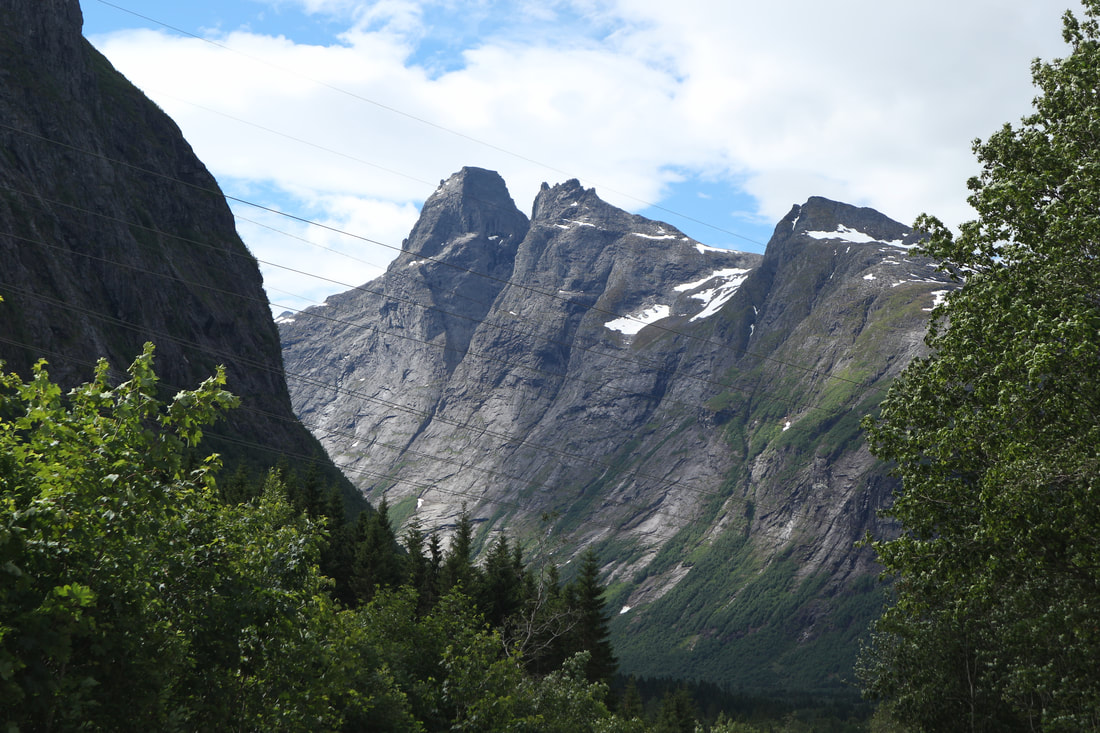
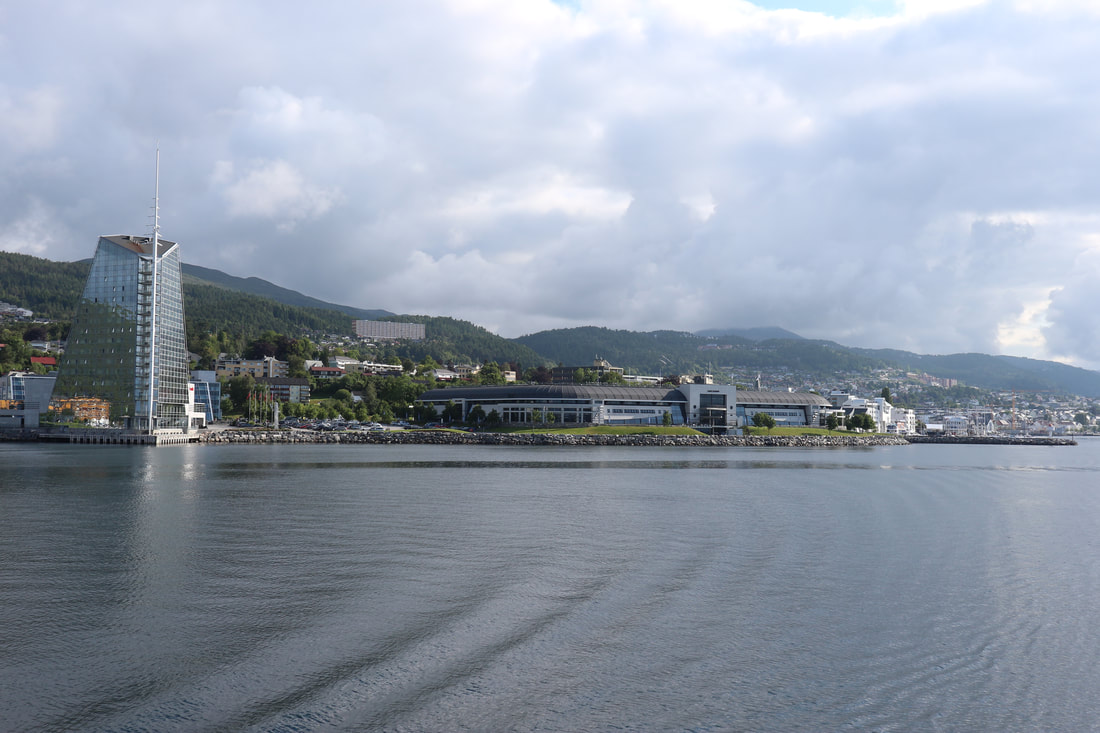
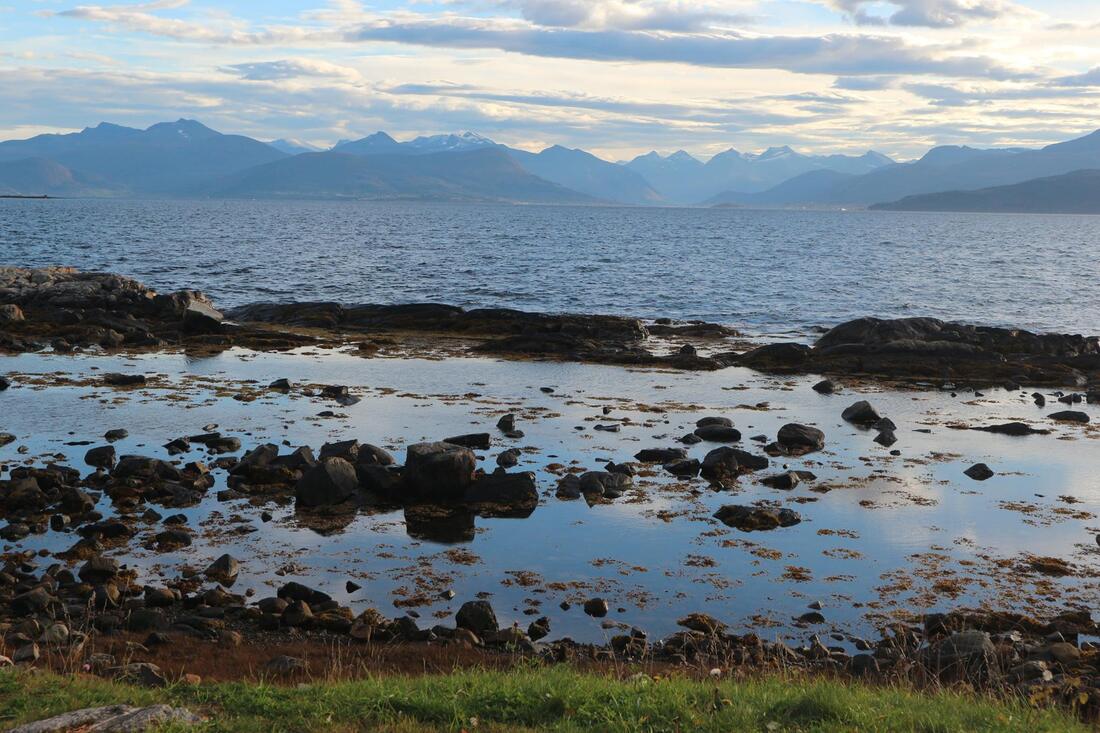
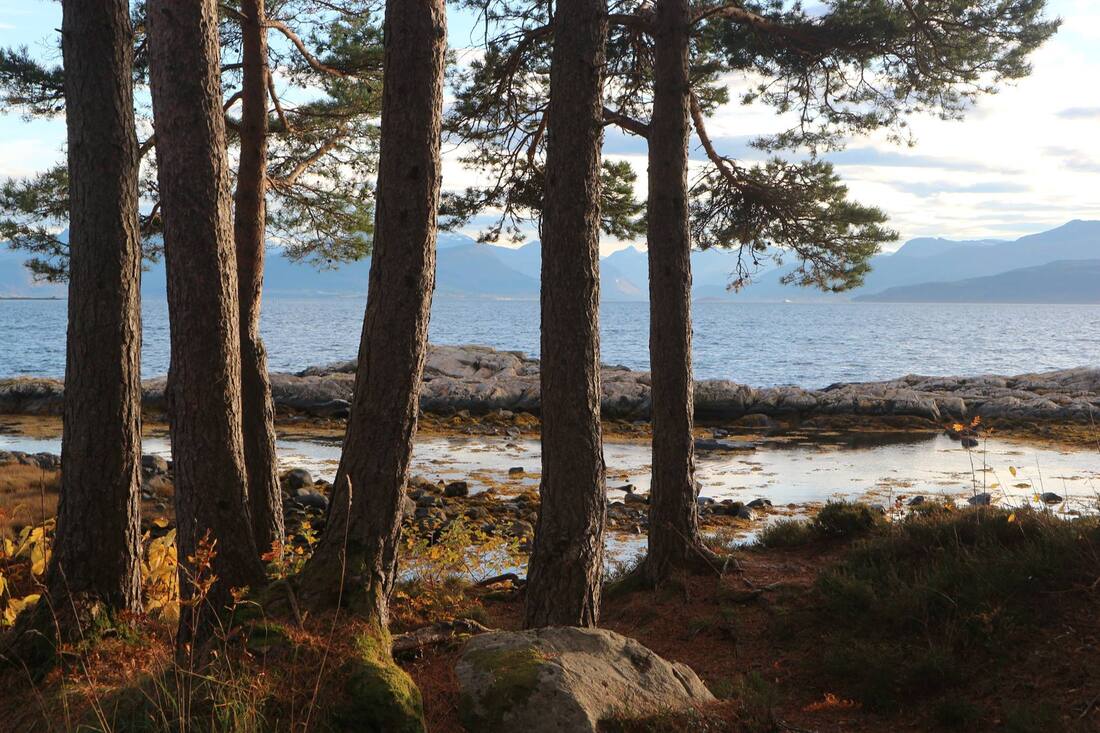
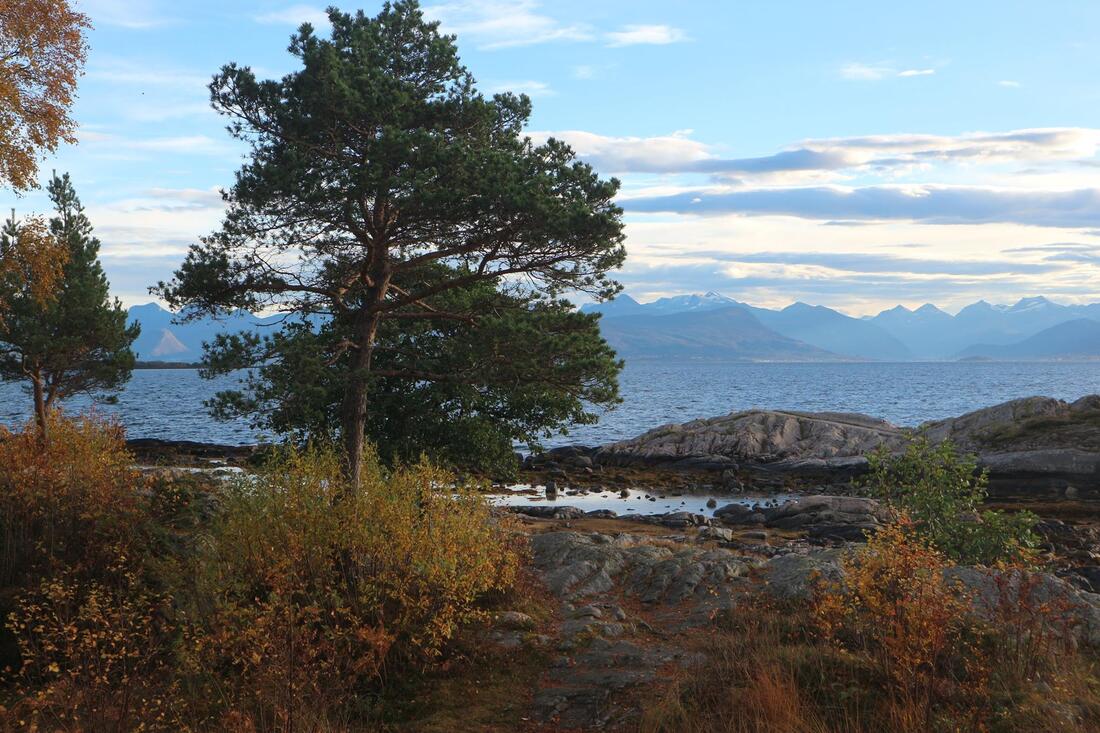

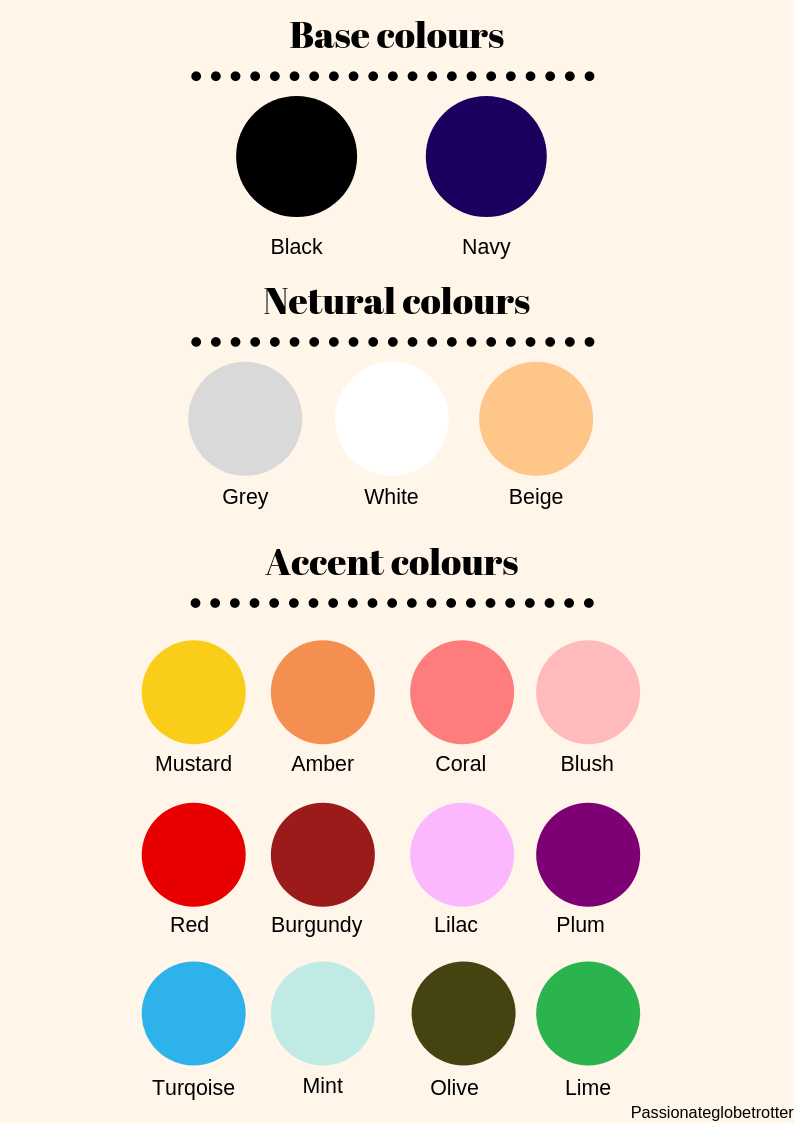
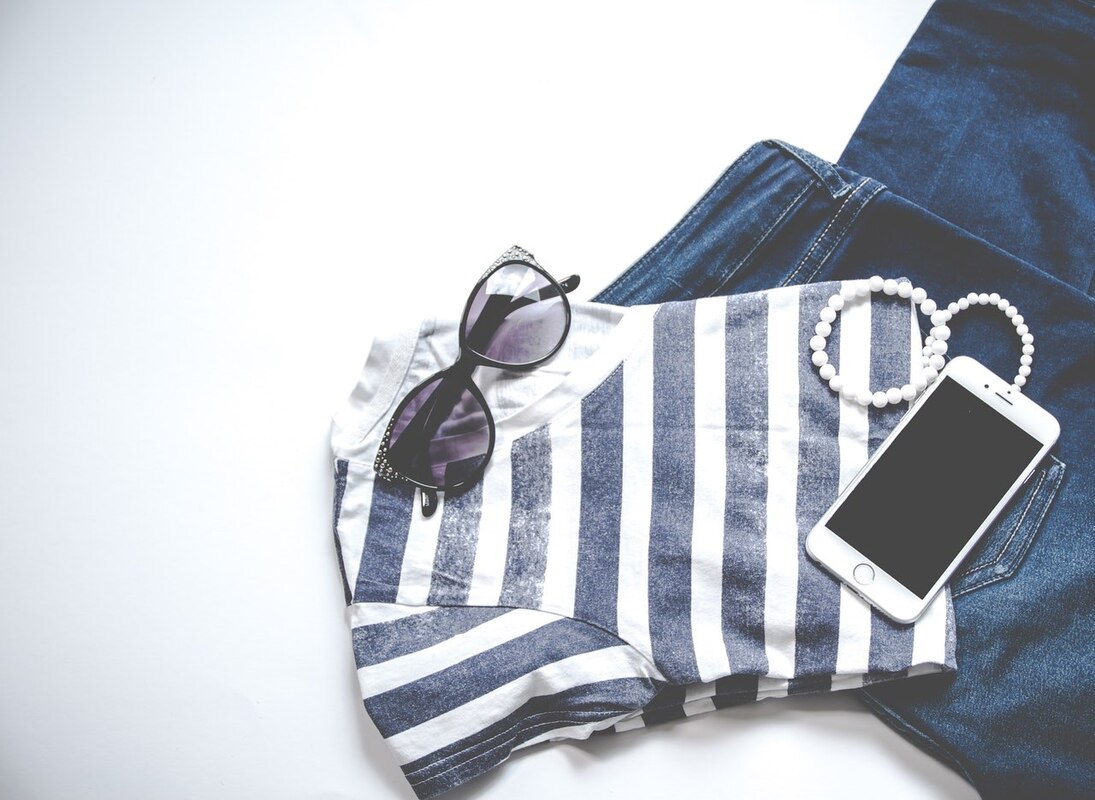
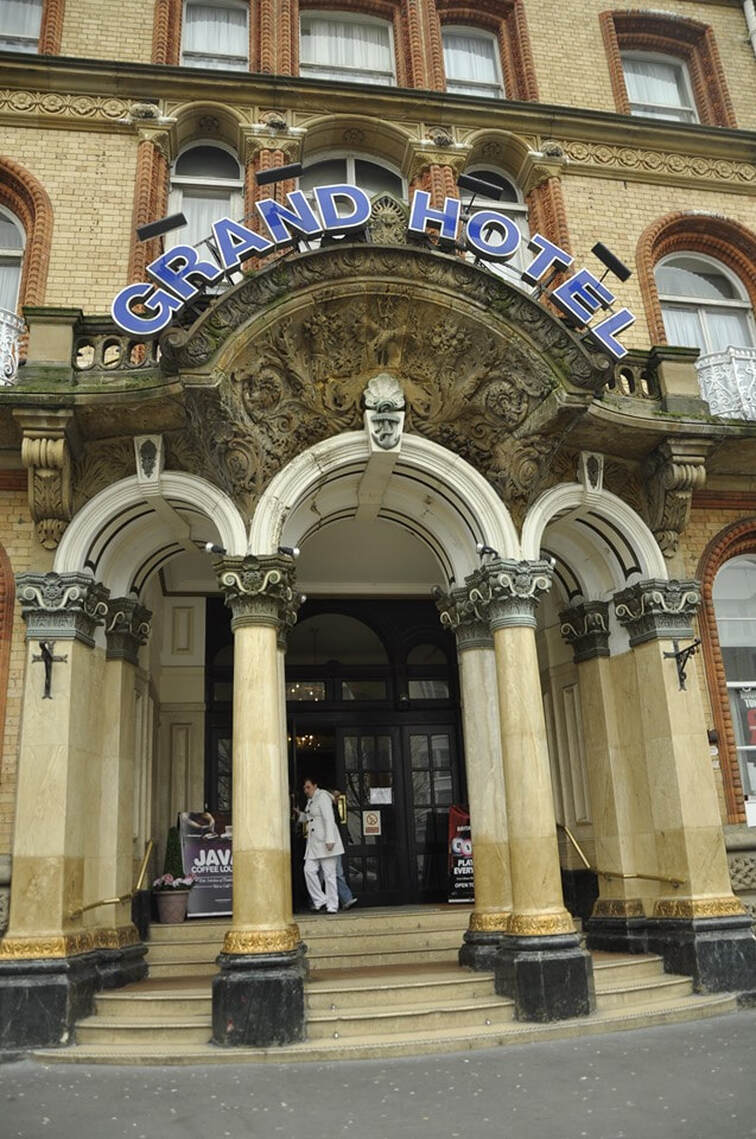
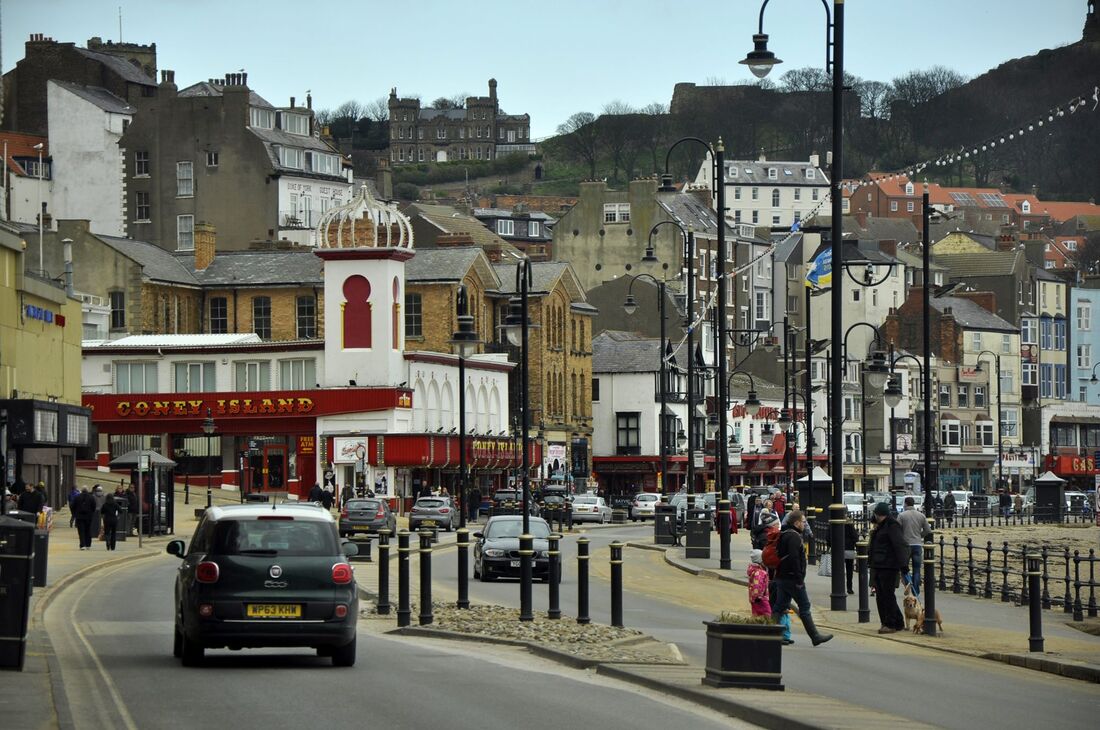
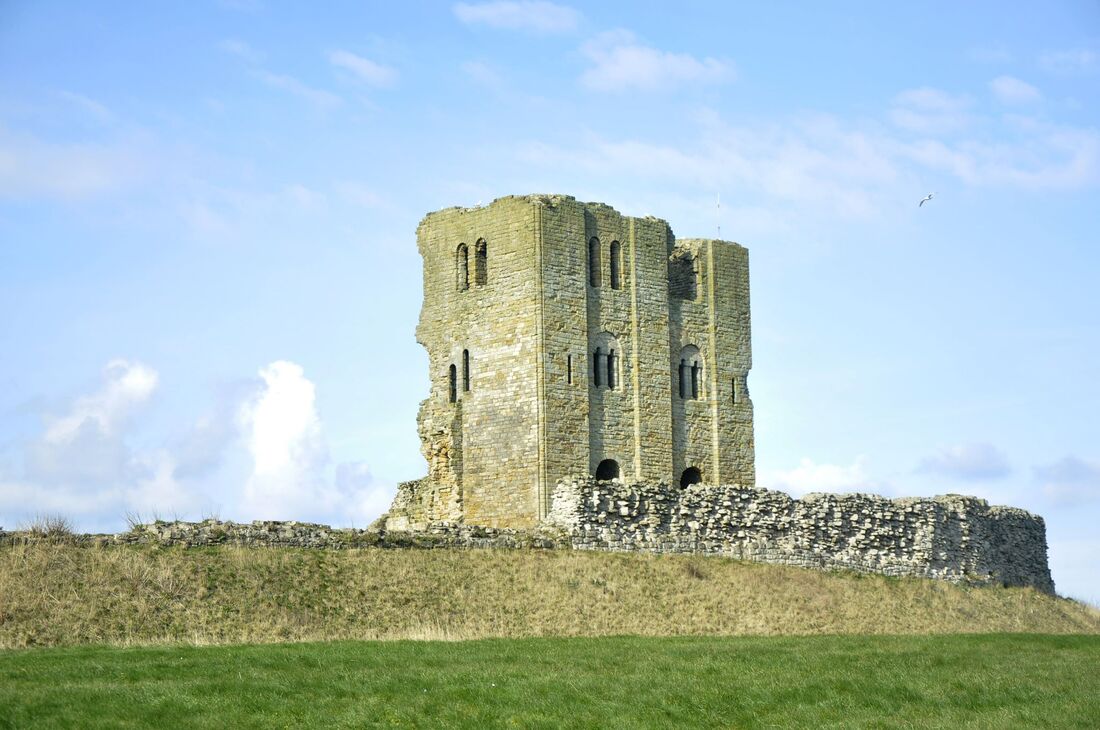
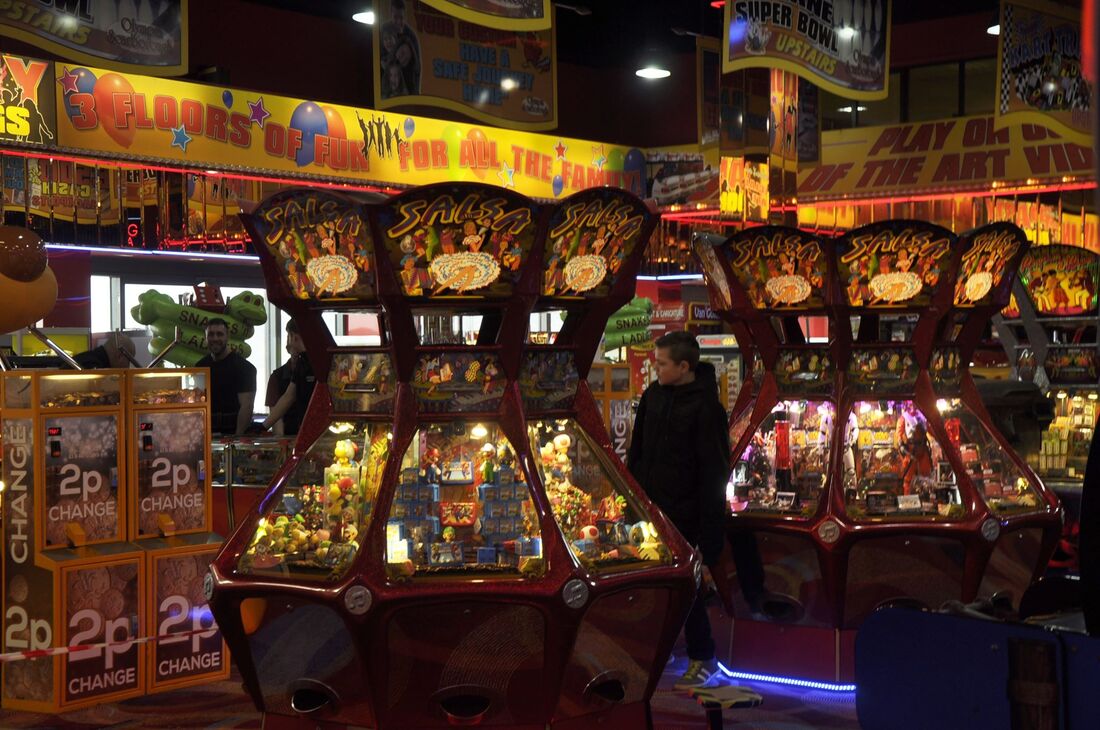
 RSS Feed
RSS Feed